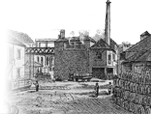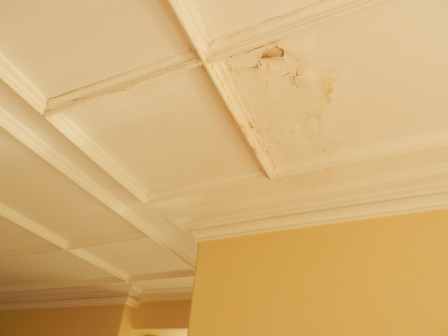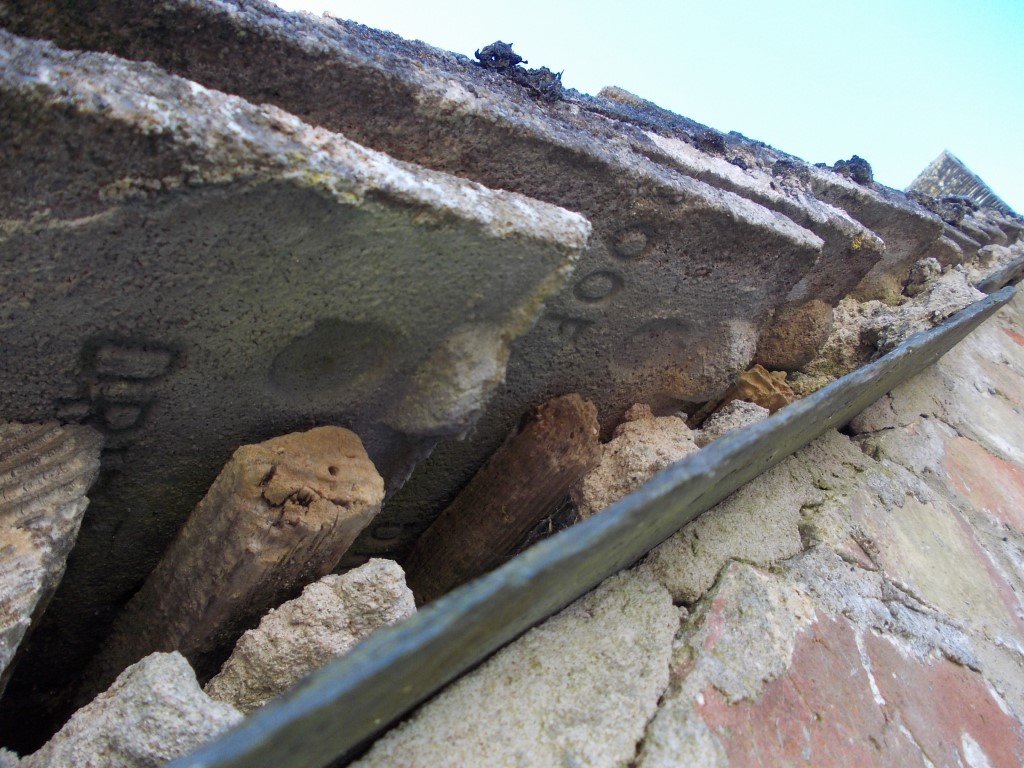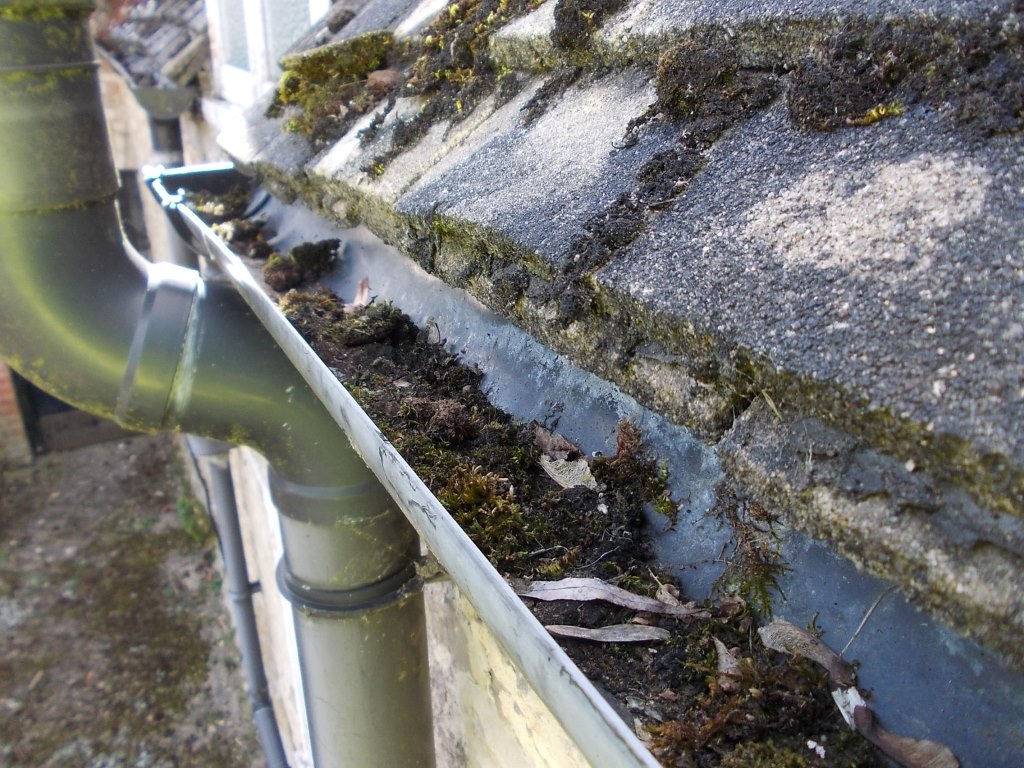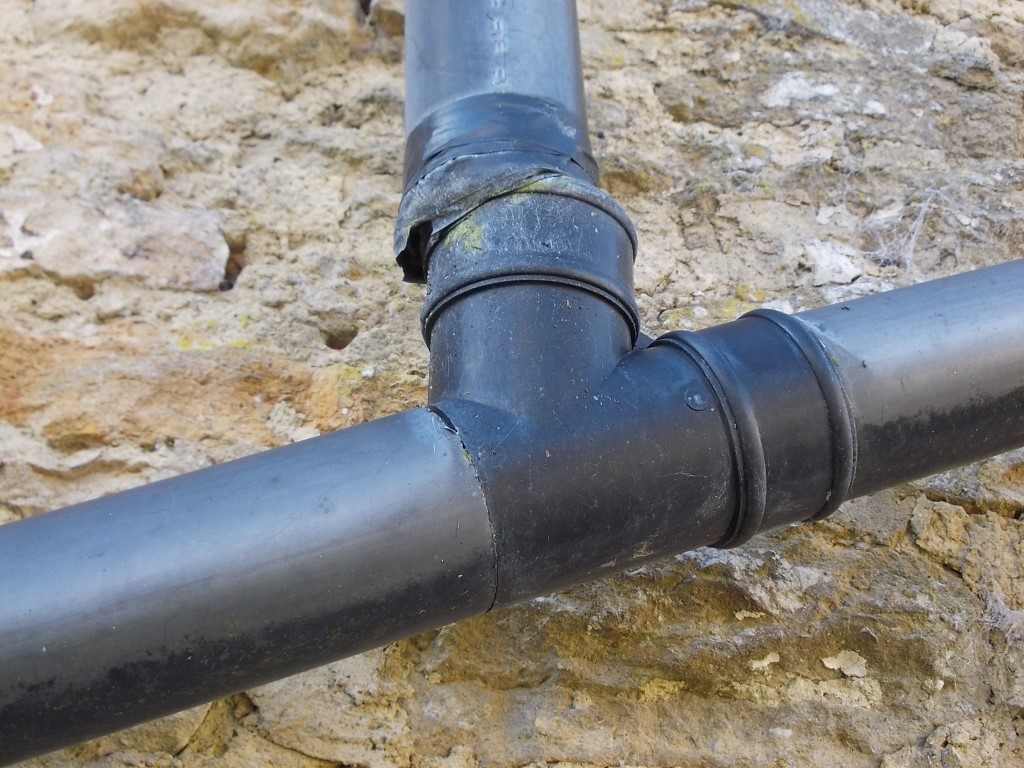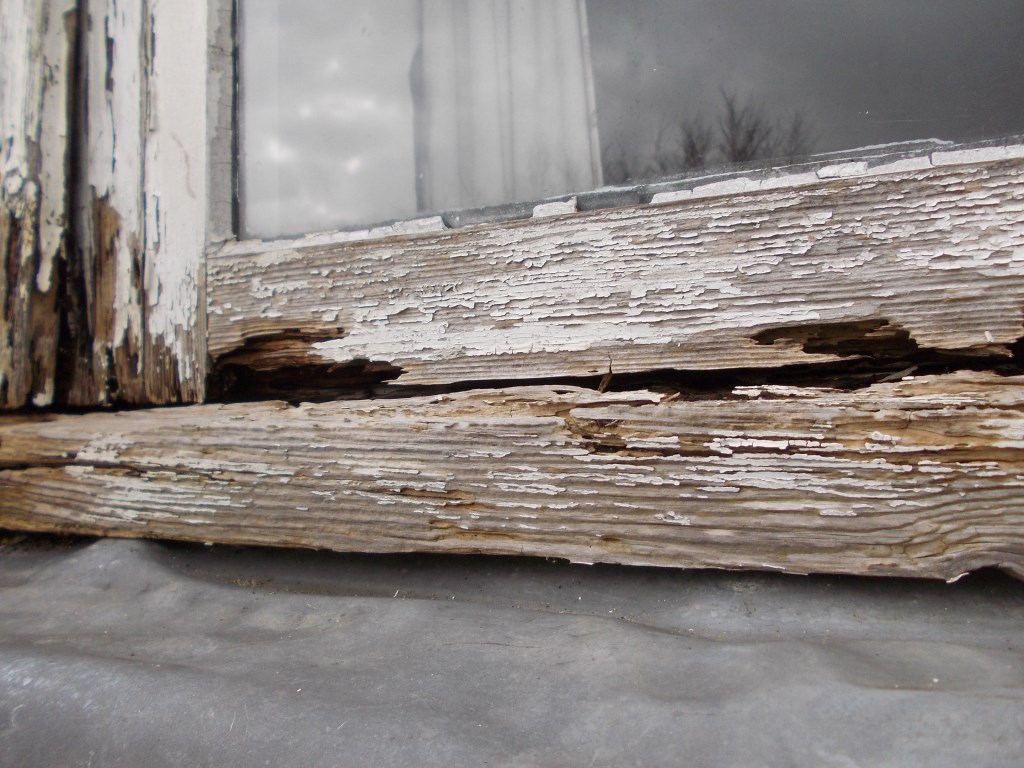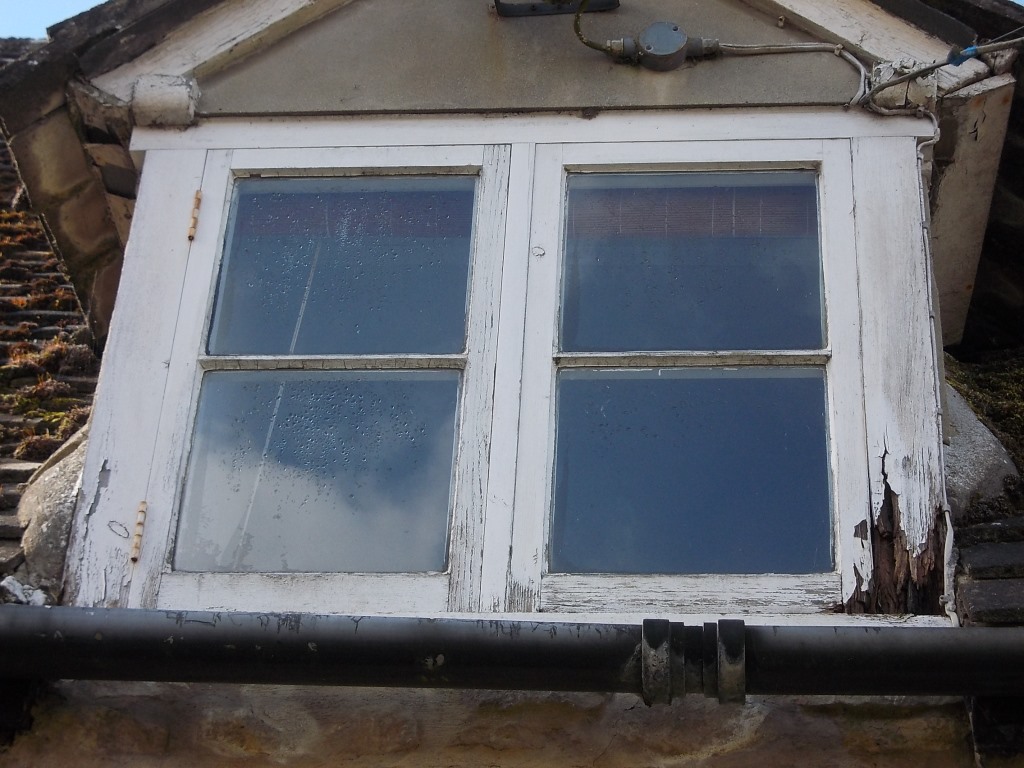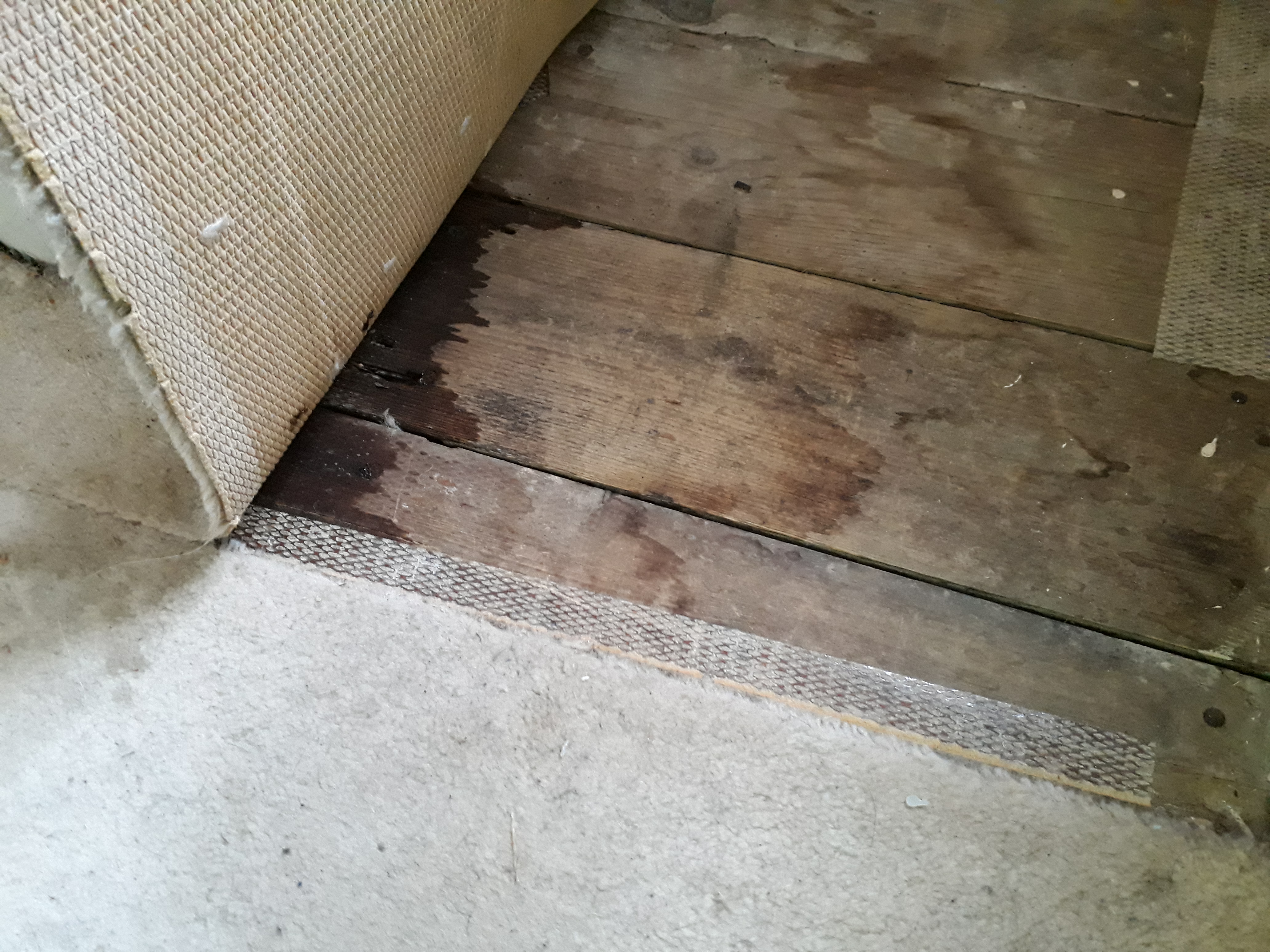Types of building survey
The Royal Institution of Chartered Surveyors (RICS) defines three specific levels of ‘surveying service’ for the survey and inspection of residential property:
- Level 1: Home Condition Report. Visual inspection of the internal and external building ‘fabric elements’ (i.e. walls, roof, doors, windows, floors, services, etc.) with summary comments on their general condition, any ‘patent’ or obvious defects and any associated legal implications. This is the most basic level of survey and the accompanying report does NOT include any recommendations on repairs or the on-going maintenance of the property.
- Level 2: HomeBuyers Report. Visual inspection as for Level 1 but with some minor non-intrusive ‘testing’ of the building fabric to establish, for example, whether a wall has modern gypsum plaster or historic lime work; careful ‘rolling back’ of fitted carpets at room corner(s) to observe the underlying floor covering type, etc. The report will include specific comments on defects, with associated recommendations for repairs and maintenance. We use the RICS ‘traffic light’ colour scheme for highlighting the severity of defects and the required repair actions thus:
- Green. No repair is currently needed. Maintain the property in the normal way.
- Amber. Identifies defects that need repair or replacement fabric elements but which are not deemed to be ‘urgent’. Maintain the property in the normal way.
- Red. Defects that are serious and need to be repaired urgently so that the fabric element does not deteriorate further; posing risk of failure. Maintain the property in the normal way.
- Level 3: Building Survey. Essentially a more extensive version of the Level 2 survey, with detailed comments on repair and maintenance actions in the form of a prioritisation table and recommended timeframes. For example, a defective rainwater gutter causing moisture damage to the wall would be given a repair priority within 3 months, whereas peeling paintwork to one of the doors would typically be addressed through routine maintenance during the next 12-18 months. This type of survey is essential for all properties of traditional solid load bearing masonry construction, typically those built before 1919.
We offer each of the above surveying services subject to individual client requirements. Please note however that we are not authorised to provide any form of valuation for property purchase in respect of a HomeBuyers Report. Indicative costs for repair works and preventative maintenance schedules can also be included in the Level 1 and Level 2 surveying services subject to prior agreement and fees. We always advise our clients to obtain competitive quotations from competent persons prior to undertaking any works on their property.
Please be advised that materials which are ‘deleterious’ (i.e. potentially harmful to human health) may sometimes be present within the building fabric. Whilst most surveyors are not authorised to identify and comment on specific material types we will highlight individual elements if we suspect that they constitute ‘Asbestos-Containing Material’ (ACM). Typical examples include rainwater goods and synthetic roofing slates of fibre cement construction, which incorporate ‘chrysotile’ or white asbestos fibres bonded within a cementitious matrix. Other potential ACMs include insulation board within timber stud partitions (AIB), asbestos insulation pads to the undersides of stainless steel sink units, some types of electric storage heaters and older vinyl flooring materials. Some heating pipe lagging may be either ‘amosite’ (brown asbestos) or ‘crocilodite’ (blue asbestos).
Unless we can be certain that a fabric element is NOT an ACM then we must assume that it could be and will draw your attention to it in our report, together with recommended actions for specialist identification surveys, materials testing and safe methods of disposal or mitigation. The UK did not introduce blanket bans on the use of ACMs in building construction until 1985 for ‘blue’/ ‘brown’ asbestos types and 1999 for ‘white’ asbestos, so just because a property may be relatively modern is no guarantee that ACMs will not be present within its construction.

